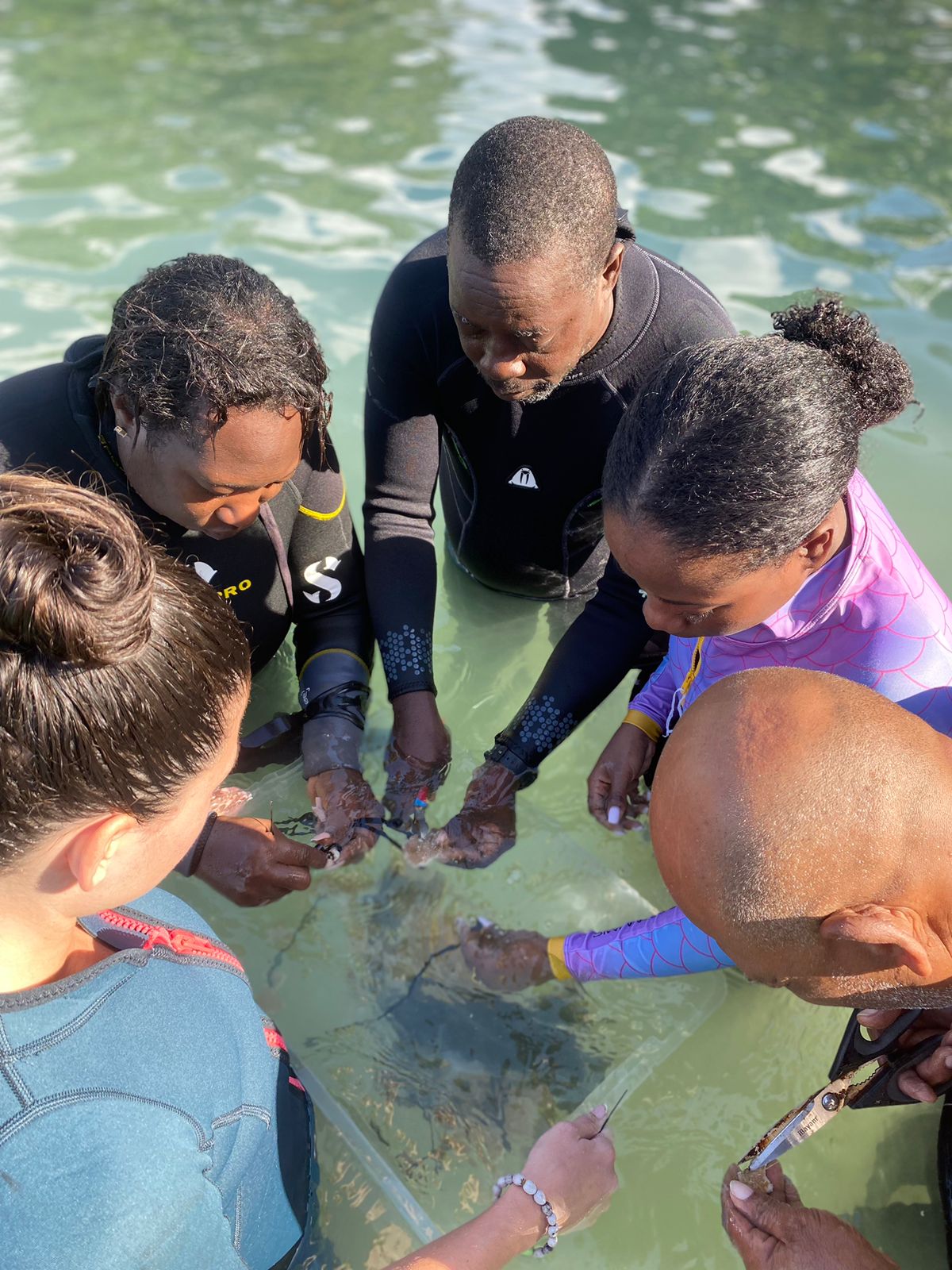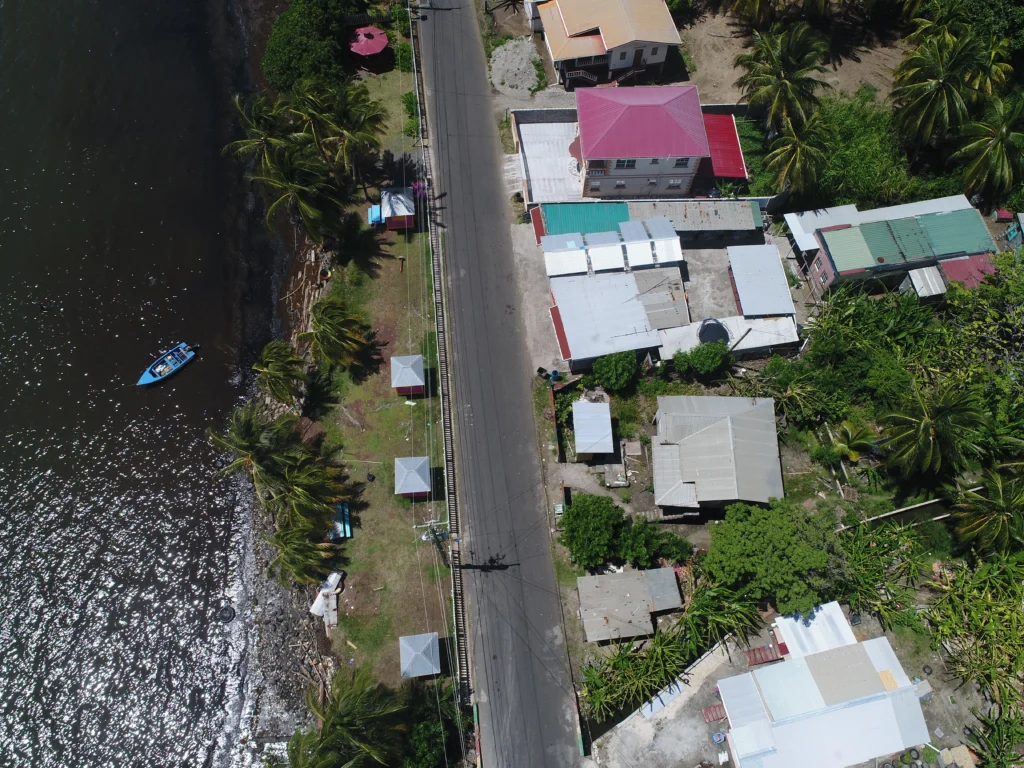In an effort to accelerate coral reef restoration to support greater reef resilience and recover from the devastating 2023 coral bleaching event, the Oracabessa Marine Trust (OMT) has introduced micro-fragmentation to propagate Acropora spp. at a much faster rate than previously achieved within its restoration program.

In 2024, the OMT team rescued fragments of heat tolerant corals that survived the 2023 bleaching, but were damaged by Hurricane Beryl. These fragments now serve as parent material for micro-fragmentation—a method that involves cutting coral fragments into tiny pieces to stimulate rapid growth. This technique reduces the growth phase of the restoration cycle from eight months to three months. It will allow a significant increase in coral production for the next outplanting phase of the program at the end of 2025.
The application of micro-fragmentation in Oracabessa is a result of a knowledge exchange collaboration. Jonathan Hernould, manager at White River Fish Sanctuary, trained staff members from Oracabessa Bay Fish Sanctuary and Boscobel Marine Sanctuary in late January 2025 in how the technique is being applied in White River.
The re-establishment of the coral nursery system and outplanting capacity in Oracabessa is currently being funded by the Caribbean Biodiversity Fund as part of the regional initiative that is , co-financed by the International Climate Initiative (IKI) of the German Federal Ministry for the Environment, Nature Conservation, Nuclear Safety and Consumer Protection through KfW. The project in Oracabessa is implemented by WCMC and is entitled: ‘Strengthening regional climate resilience and supporting green economic recovery through ecosystem-based adaptation and sustainable livelihoods in the Dominican Republic, Antigua and Barbuda, and Jamaica’. Since January 2025 the coral nurseries have been expanded from six fragments to 130 fragments using micro-fragmentation. At the current growth rate, the program aims to have between 1,500 and 2,000 fragments within the nursery system by the end of 2025.
The views expressed in these articles are for information only and do not represent the official position of the Caribbean Biodiversity Fund or its partners.




